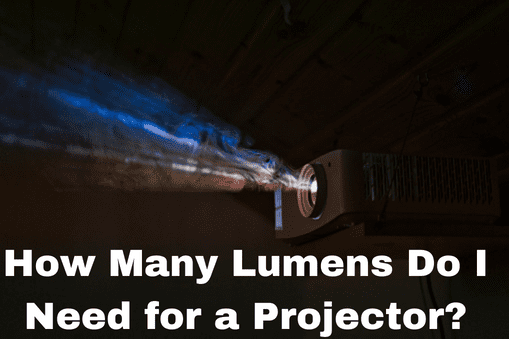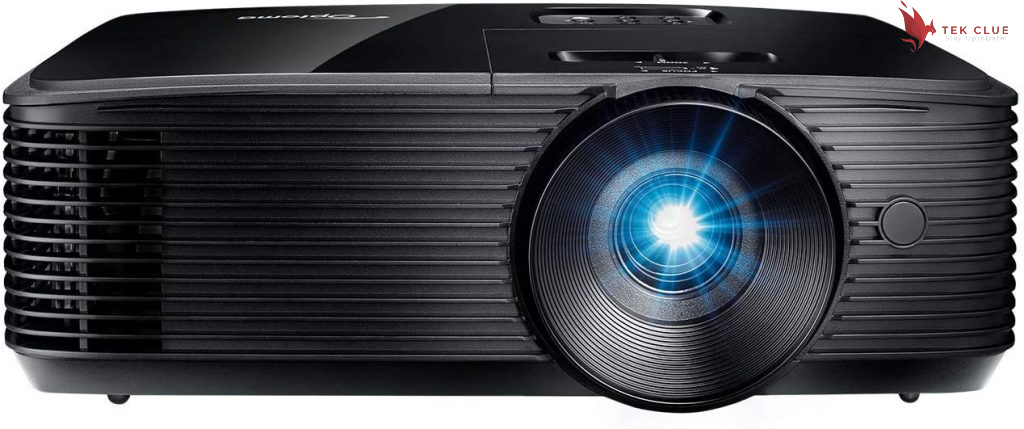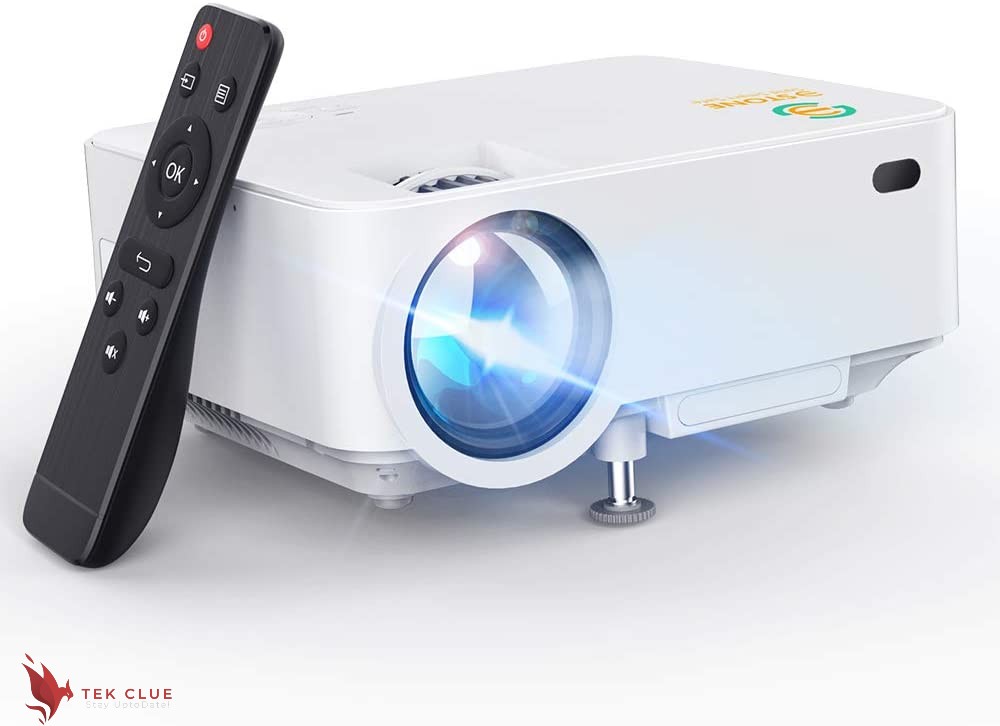One of the key elements separating a good projector from a superb one is brightness. More brilliant colours and a crisper overall image can be expected from a brighter lamp. Since the projector can compete with ambient environmental light, it also becomes more adaptable. However, you’re undoubtedly wondering: How many lumens do I need for a projector? The brightest projector you can find should be your goal if money is no object. However, the price often rises as the lumens do. How much brightness can you give up to save money if you’re looking for the best projector on a tight budget? How many lumens does a projector need to have? The answer is based on your usage and the environment.
What exactly are lumens?
Similar to how the degree is the unit of measurement for temperature or the decibel for sound, the lumen is the accepted unit of measurement for light. The light emitted by a typical candle in one second is roughly equal to one lumen. The brightness of some projectors is specified in ANSI lumens. This is most typically seen on data projectors, although more and more you’ll see this classification on home theatre projectors. The American National Standards Institute, or the professionals in charge of guaranteeing measurement accuracy, is known by the initials ANSI.
Also Check Out: Projector Turns Off After 5 Seconds
You may get a better indication of how bright the projector’s bulb will be by looking at the brightness rating in ANSI lumens. This shows that the lamp’s brightness has been evaluated following industry standards, leading to an accurate rating. Standard lumens are sometimes called “marketing lumens” by more cynical experts because the numbers are so frequently inflated or fudged. If a projector has an ANSI lumen rating, you should abide by that; if it merely says “lumens,” you might need to take the rating with a grain of salt, particularly if you don’t know the brand.
So, how many lumens are sufficient?
When choosing a TV, you can compare models’ images in the store and assume they would appear the same in your living room. However, projector images depend more on the physical environment. Your bulb’s brightness will depend on the distance and the surrounding lighting.
Since ambient light is the most crucial consideration, let’s start there. A bulb of roughly 1,000–1,200 lumens ought to be sufficient to get a good picture if you’ll be operating your projector in a fully dark room. However, we mean movie theatre dark when we say fully dark. As even filtered sunlight can wipe away the image, you will be limited to watching TV at night if you can’t completely cover all the windows in the room.
Also Check Out: How to Connect QKK Mini Projector to Iphone?
When is something too bright?
Better sometimes equates to brighter. A brighter lamp provides sharper contrast and more excellent colours, but too much light can harm your eyes, especially if you plan to watch for longer than a movie’s runtime. Once more, a lot will rely on how your home theatre is set up. Anything over 2,000-2,500 lumens may appear excessively bright in an entirely dark environment. No projector on the casual market, however, poses a threat of being excessively bright for your eyes if you intend to use it in moderate to bright lighting.
Conclusion
How many lumens do I need for a projector? Not the lumen number per se, but determining how accurate the given rating is, is the most perplexing aspect of projector brightness. Unfortunately, manufacturers frequently exaggerate the brightness of their projectors. Most users will need to find out if a device that claims to produce 2,500 lumens produces more than 1,000.
Even with these differences, a projector with a brightness rating of 3,000 or above will be sufficient for all but the largest, brightest rooms. You can get away with utilising a projector rated for 2,000–2,500 lumens in a semi-lit space. Lower than that, you might be dissatisfied with the picture’s accuracy. The only way to truly comprehend lumens is to observe them in use. Check out some videos of other people using their projectors if the electronics store where you live doesn’t have any that they can set up to try. The numerical grade will be much simpler to understand if you have a mental image in mind, especially since you can put more trust in your eyes than you can in numbers.
Related Article:
Epson Projector Not Displaying Computer Screen Mac
How to Reset Epson Projector Without Remote?
Can You Connect a Switch Lite to a Monitor?












